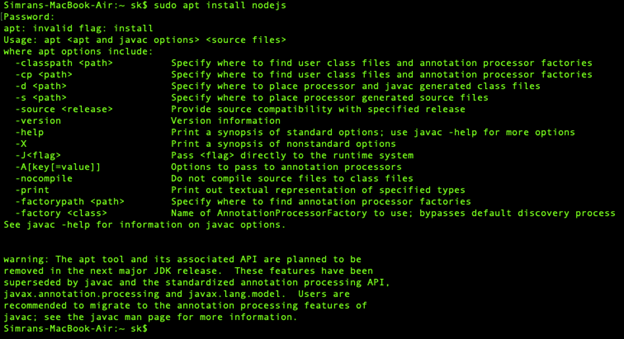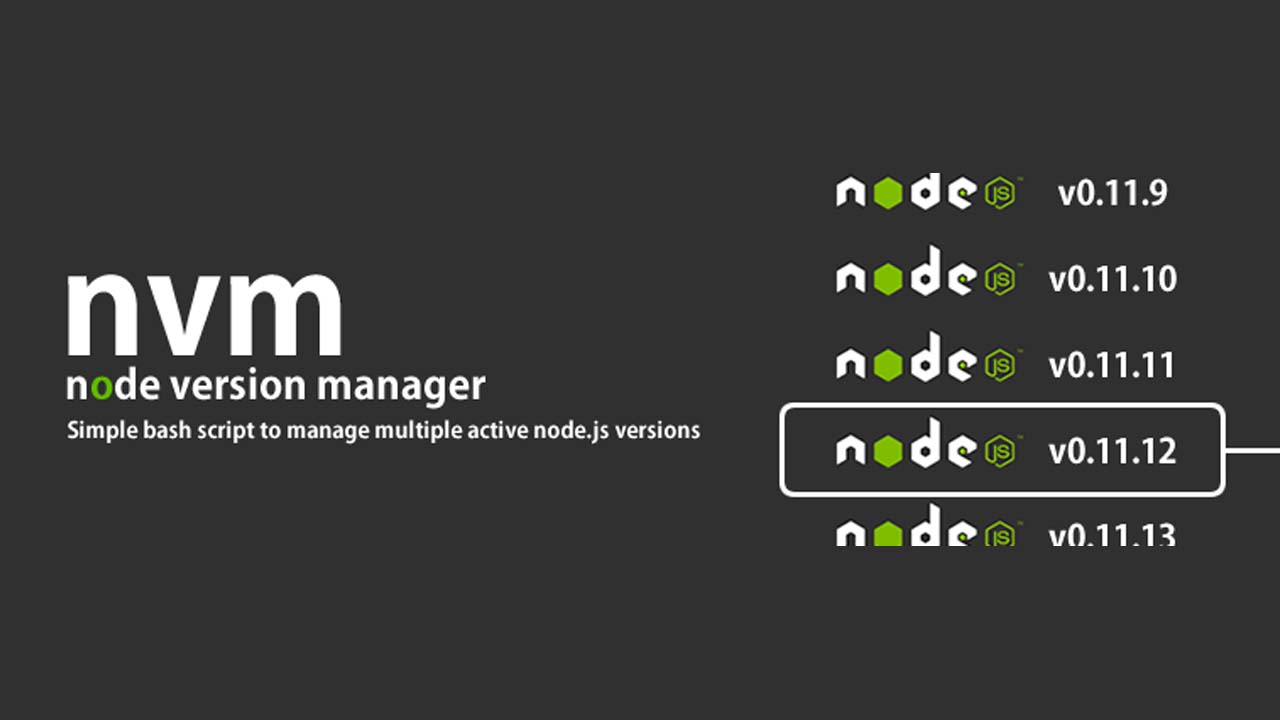

- #Node js current version for mac
- #Node js current version install
- #Node js current version Patch
- #Node js current version windows
-timing will show timing information regardless of.timing has been removed as a value for -loglevel.links generated from git urls will now use HEAD instead of master as the default ref.npmignore files from the root will be ignored. If a files array is present in the package.json, then rules in. npm pack now follows a strict order of operations when applying ignore rules.login and adduser are now separate commands that send different data to.legacy auth types sso, saml & legacy have been consolidated into "legacy".the presence of auth related settings that are not scoped to a specific registry found in a config file is no longer supported and will throw errors.npm will no longer attempt to modify ownership of files it creates.A PR will be opened to backport in Notable Breaking Changes.A PR will be opened to backport in Wednesday Jan.A PR will be opened to land in nodejs/node's main branch (exposing experimental/nightly users to this latest version).will be set to the latest dist-tag (becoming the latest, maintained version of npm).To ensure is considered "non-breaking" for Node.js LTS we will codify a set of exit criteria in collaboration with the Release WG.
#Node js current version Patch
The CLI team will continue to cut minor & patch versions of v9.x, addressing any feedback or unexpected issues arising from the breaking changes (outlined below).was released & set to the next-9 dist-tag (previously used for pre-releases).With that in mind, we’ve put together a phased roll-out plan outlined below: Timeline to GAĪlthough we have published v9.0.0, we are not immediately setting this release to latest in the npm registry or considering this “Generally Available.” Our team has been coordinating with the Node.js Release WG on a phased approach to making v9 the next major version of the CLI available to the widest audience this means ensuring v9 can be safely backported to as many Node.js LTS versions as possible. Notably, Docker users should find this release to to be beneficial as we simplifie file permissions (ref. We believe the changes made lay the ground-work for future improvements to the default npm experience long-term. Our goal with this major release was to standardize appropriate defaults and clean up legacy configurations where possible. You can start using npm v9.0.0 today by running: $ npm i -g About this release
#Node js current version install
You can find the list of available versions here: įor example, if you want to install Node.The npm CLI team has been working hard over the past few months and are happy to announce the release of the next major version – v9.0.0 Installation The first thing you need to do is to install the Node.js version you want to use. Once installed, you can use the nvm command in your terminal.
#Node js current version windows
The quickest way for windows is to use the installer, while for Linux/MacOS you can use the curl command (copy-paste it into your terminal). In both cases, you will find plenty of documentation already in the README, so I won't go too much into detail here.
#Node js current version for mac
One is for Windows, the other one is for Mac and Linux.

They're both called nvm, but they're not exactly the same, nor they're meant to be. More details on the video, and later in the article.ĭepending on your OS, you will find two different tools. Works on all OS but make sure you install the right one. In the video here, I will show you how it works and how you can install this tool in your terminal. Is there an easy way to handle that? Sure there is, and it is called nvm. And you can't just install the old version and use it for all your projects because you'll break the new ones instead.

You can't just install the latest version of Node.js and use it for all your projects because you'll break the old ones. When you work on multiple projects, and this happens quite often if you're into Open Source, you will find yourself in a situation where you need to use different Node.js versions but you're stuck.Ī project might require a newer version, let's say higher than 18, while another old project might be bound to a lower version, let's say 16, due to some dependencies.


 0 kommentar(er)
0 kommentar(er)
